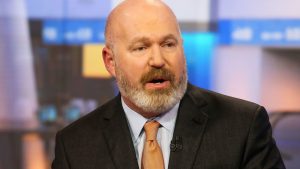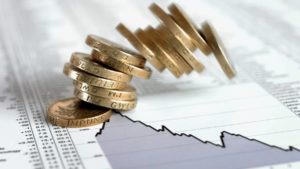The idea of generating a yield of 15% in a Stocks and Shares ISA is undoubtedly appealing. After all, that’s nearly double what the FTSE 100 typically generates after capital gains. And in terms of passive income, it translates to earning £3,000 a year for every £20,000.
That means if an investor were to max out their annual ISA limit for 10 years, they’d be earning close to £30,000 a year without doing any work. So how can investors try to turn this fantasy into a reality?
Earning a 15% yield
First things first, earning double-digit dividend returns requires venturing beyond index funds and into the realm of stock picking. The FTSE 100 may have a generous yield compared to the S&P 500. But it still sits at just 3.6% right now, and I’m after considerably more.
The good news is stock market volatility from the past few years has kept plenty of shares in the gutter. Yet even with this, there are still only two companies in the entire FTSE 350 whose dividend yield is 15% or more – Ithaca Energy and Diversified Energy Company. And the latter has recently cut shareholder payouts.
That’s not enough to build a well-balanced portfolio. So where does that leave investors?
Unlocking a high yield requires a particular type of investment – dividend growth stocks. These shares often don’t provide much in terms of initial yield. However, their ability to consistently hike shareholder payouts can be transformative when left to run.
Safestore Holdings (LSE:SAFE) is a prime example of this. The self-storage operator’s currently sitting on 14 years of annual dividend hikes, averaging a 17.5% expansion each time. And investors who spotted this opportunity early on aren’t earning a 15% yield today but rather a 21% payout despite starting from just 3.2% in 2009.
Finding quality dividend growth stocks
It’s easy to look back and say, “If I bought X, I’d have Y”. But by studying previous successes, investors can uncover recurring themes to identify the next Safestore-like investment.
So what was behind the group’s success? Free cash flow. Safestore doesn’t have much in terms of operating costs. After developing a new location, the cost of maintenance is only a fraction of the rental capital flowing in.
This dynamic lends itself to higher margins. As profitability rises, capacity for debt increases, opening the door to more growth which, in turn, leads to more free cash flow. The result is a value-building loop paired with an ever-increasing dividend. And finding other companies with their own sustainable loop is how I’d start building a 15%-yielding Stocks and Shares ISA today.
However, there are always risks to consider. Safestore’s reliance on debt has proven to be a significant handicap when interest rates started rising. Adding more fuel to the fire, the weakness within the real estate sector also dragged down property values. As a result, if Safestore’s cash flows had become compromised, selling off some of its assets would have likely destroyed value just to stay afloat.
Luckily, that hasn’t happened. But it’s not an impossibility. Neither are the other threats dividend growth stocks have to overcome to maintain their continuous streaks of payout hikes. Nevertheless, if chosen wisely, a portfolio of these stocks could generate an enormous passive income in the long run.
This post was originally published on Motley Fool







